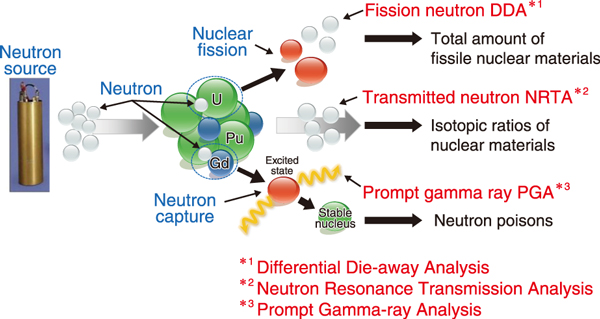
Spaced repetition serves as a potent memory technique that enhances learning by distributing study sessions over time, instead of cramming them all simultaneously. This approach utilizes the spacing effect, backed by research indicating its superiority for long-term retention. By utilizing an application, such as Anki, users can tailor a spaced repetition plan that matches their learning speed, allowing them to develop robust, dependable memories for any topics of interest.
Michael Nielsen, a proponent of spaced repetition, offers perspectives on his methodology through a Twitter thread, where he elaborates on the criteria for including information in his review system, the suitable volume of information per item, and the constraints of memory itself. Nielsen highlights that spaced repetition converts memory from an erratic occurrence into a conscious decision, significantly lessening the effort needed to retain knowledge.
There are a variety of applications designed to support spaced repetition, with Anki being a prominent option owing to its open-source format and synchronization feature across both desktop and mobile devices. This flexibility enables users to conveniently enter information on one device and revisit it on another, facilitating the integration of learning into daily life.
Another advantage of spaced repetition is its ability to mitigate personal cognitive biases, including the inclination to forget inconvenient truths. Charles Darwin acknowledged a similar bias in his autobiography, underscoring the necessity of documenting and remembering facts that contradict one’s beliefs to nurture more well-rounded reasoning.
For individuals keen on exploring the science underpinning spaced repetition and its educational advantages, resources such as the Wikipedia entry on spaced repetition systems and scholarly reviews like “Teaching the science of learning” by Weinstein et al., offer in-depth perspectives. Additionally, spaced repetition naturally encompasses elements of retrieval practice and interleaving, further augmenting its efficacy as a learning method.
In summary, spaced repetition is an essential resource for anyone aiming to enhance their memory and comprehension of various subjects. By adopting a customized spaced repetition framework, learners can achieve improved retention with diminished effort, ensuring that memory operates as a deliberate choice, rather than a random chance.